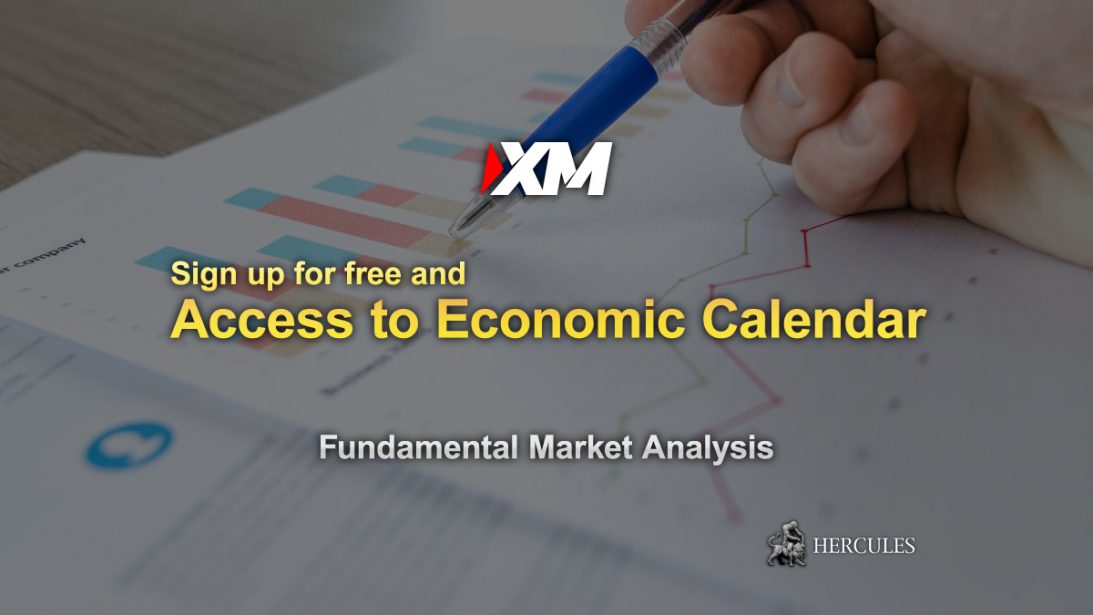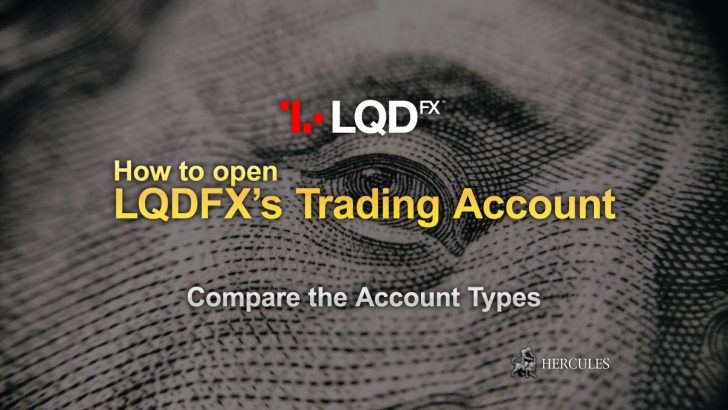What is an Purchasing Managers' Index (PMI) and why is it important?


What is PMI?
The Purchasing Managers’ Index (PMI) is an indicator that measures the health of the economy in the manufacturing sector. This index is intended to provide information on current business conditions to company analysts, purchasing managers, and regulators. This index is based on five main indicators including inventory levels, production, supplier deliveries, new orders and work environment.
How is PMI collected?
There are two survey institutions that release this indicator. The first is the Institute for Supply Management which provides metrics for the US, and the second is Markit Group which provides metrics for over 30 countries around the world. These two institutions conduct surveys on a monthly basis and send them to purchasing executives in nearly 300 companies. Purchasing managers respond to questions made up of multiple elements, and measure each of these elements such as “increase”, “no change” and “decrease”. Each element has a special formula to determine its weight, and then multiply it. with 0.1 for “increase”, 0.5 for “no change”, and 0 for “decrease”.
Advantages and Disadvantages of PMI:
- Sent monthly and during the current month (or days after).
- Provides good predictions of future data, such as GDP and official manufacturing reports.
- The report shows the change in points from the previous data.
- The same metrics apply to all countries, which helps in comparing data from each country.
The only demerit would be “the data is still fairly subjective.”
In the US, regional reports are provided early and can be highly correlated and omit substance from the release itself.
Why is PMI so important?
This index can be considered not so important because it is only a survey based on the opinion of managers. However, this index is one of the most important indicators for investors who want to know the prospects for economic growth. They use this measure as a leading indicator of GDP growth or decline. And what is even more important is that central banks use this data when formulating monetary policy. Not only the entire data but each component of the PMI can also be used in different markets. For example, the bond market monitors the growth of shipments and prices paid by suppliers, because the figures can provide information about inflation. This index is important not only for manufacturing but also for the economy as a whole because manufacturing is an important part of the economy.
PMI economic calendar
The euro area releases flash manufacturing and services PMI data around the 3rd week to the current month. These indicators are released in France, Germany and the currency union (European Union) itself and usually have a strong effect on the euro. Then, on the first day of the following month, Markit publishes its final European PMI readings. However, as of the latest release, the euro exchange rate is not so easily swayed. In America, the ISM manufacturing PMI is announced on the first business day after the end of the month. In the services sector, the ISM nonmanufacturing PMI is released on the third business day after the end of the month. UK PMI readings are announced on the first day of each current month for the previous month. The indexes are always released in the order they are: manufacturing, construction and services. The service industry plays a more important role in the UK economy than the EU and US economies, so the services PMI in the UK is considered more important. As for China, the PMI is divided into two types: the Caixin manufacturing PMI and the official version of the manufacturing PMI. The Caixin manufacturing PMI is released on the first business day after the end of the month. Manufacturing PMI data comes on the last day of the month. The official version of the manufacturing PMI tends to have a bigger impact when released before the Caixin manufacturing PMI, as the reports are strongly correlated. These data impact not only traders trading CNY, but also NZD and AUD. The Caixin manufacturing PMI is released on the first business day after the end of the month. Manufacturing PMI data comes on the last day of the month. The official manufacturing PMI tends to have a bigger impact when released before the Caixin manufacturing PMI, as the reports are strongly correlated. These data impact not only traders trading CNY, but also NZD and AUD. The Caixin manufacturing PMI is released on the first business day after the end of the month. Manufacturing PMI data comes on the last day of the month. The official version of the manufacturing PMI tends to have a bigger impact when released before the Caixin manufacturing PMI, as the reports are strongly correlated. These data impact not only traders trading CNY, but also NZD and AUD.
Check out XM’s Economic Calendar
Conclusion
Although the PMI is an indicator that is measured on a survey basis, it remains one of the main indices that represent economic growth and help traders and investors make predictions. The main advantage of this index is its release time, which is faster than other official data. In addition, the business sector can respond responsively to market conditions, and purchasing managers also have up-to-date and relevant information about the economy.











